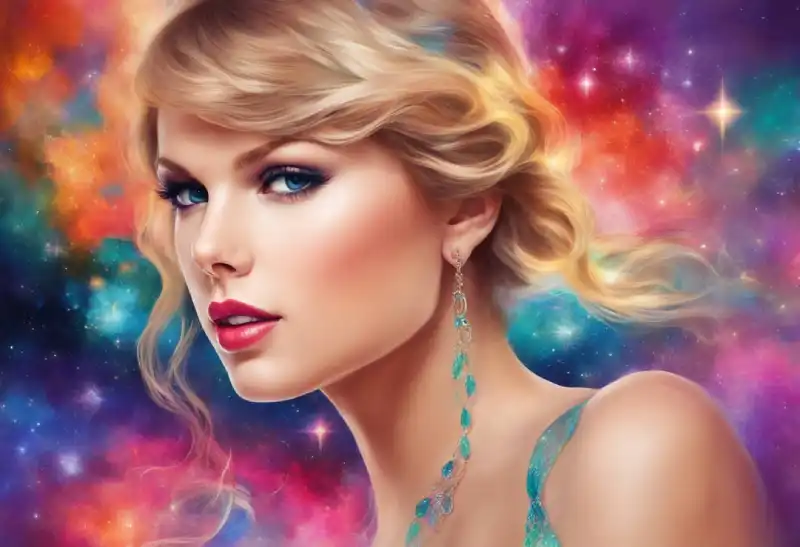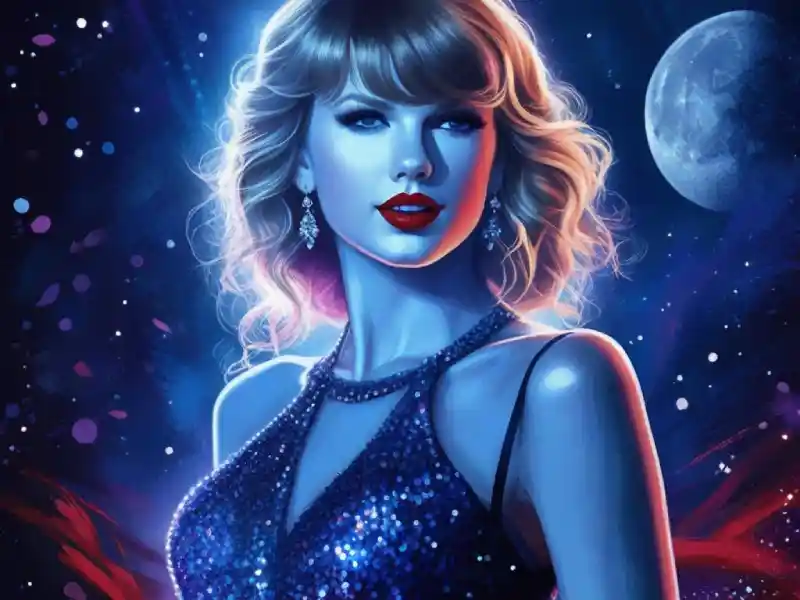In the rapidly evolving world of artificial intelligence, the creation and manipulation of images have reached unprecedented levels. One of the most intriguing and, at times, controversial developments is the generation of AI photos of celebrities. Among these, Taylor Swift, a global music icon, has often been a subject of AI-generated imagery. This article delves into the phenomenon of Taylor Swift AI photos, examining the technology behind it, its uses, the fascination it generates, and the ethical implications involved.
Understanding AI Photo Generation
What is AI Photo Generation?
AI photo generation involves using advanced algorithms, particularly neural networks, to create or modify images. One of the most popular techniques is the Generative Adversarial Network (GAN), which consists of two neural networks contesting with each other to produce highly realistic images.

How Does It Work?
- Training the Model: The AI model is trained on thousands or even millions of images of a particular subject, in this case, Taylor Swift. It learns the nuances of her facial features, expressions, and different appearances.
- Image Generation: Once trained, the AI can generate new images or alter existing ones based on the learned data. This can include creating entirely fictional scenarios or seamlessly editing her face onto different bodies or backgrounds.
The Allure of Taylor Swift AI Photos
Fan Engagement
Taylor Swift has a massive and dedicated fan base. AI-generated photos allow fans to see their idol in new and imaginative scenarios, fueling fan fiction and creative projects. These images often go viral, further amplifying Taylor’s presence in popular culture.
Marketing and Media
Brands and media outlets leverage AI-generated images for promotional purposes. These photos can be used in advertising campaigns, virtual try-ons for fashion brands, or even interactive experiences where fans can “meet” a virtual Taylor Swift.
Artistic Exploration
Artists and creators use AI technology to explore new artistic frontiers. Taylor Swift AI photos can serve as a canvas for digital art, blending technology and creativity to produce unique pieces that capture the essence of her persona.
Ethical Implications
Consent and Privacy
One of the major ethical concerns with AI-generated photos is the issue of consent. Taylor Swift, like many other celebrities, has not explicitly consented to the creation and distribution of AI-generated images of herself. This raises questions about privacy and the unauthorized use of one’s likeness.
Misinformation and Deepfakes
AI technology can be used to create deepfakes, which are highly realistic but entirely fabricated videos or images. These can be used maliciously to spread misinformation or tarnish a person’s reputation. In Taylor Swift’s case, AI-generated deepfakes could be used to create fake endorsements, compromising her brand and misleading her fans.

Intellectual Property
AI-generated photos often blur the lines of intellectual property. While the algorithms generate new images, they are based on existing photos that are copyrighted. This creates a legal gray area regarding who owns the rights to these AI-created images.
Psychological Impact
The proliferation of AI-generated images can also have a psychological impact on the celebrities involved. Constantly seeing manipulated versions of oneself can be unsettling and contribute to issues related to identity and self-perception.
The Role of Regulations and Ethical Guidelines
As AI technology advances, there is a growing need for regulations and ethical guidelines to govern its use. This includes:
Establishing Clear Consent Protocols
Celebrities and public figures should have the right to consent to or deny the use of their likeness in AI-generated images. This consent should be clear and legally binding.
Regulating Deepfake Technology
Governments and tech companies need to collaborate to develop regulations that address the misuse of deepfake technology. This could involve labeling AI-generated content to differentiate it from real images.
Protecting Intellectual Property
Clear guidelines should be established to protect the intellectual property rights of individuals whose images are used to train AI models. This could include compensation mechanisms for the use of their likeness.
Promoting Ethical Use
The tech community should promote ethical use of AI-generated images, encouraging creativity while respecting privacy and consent. Educational initiatives can raise awareness about the potential risks and ethical considerations involved.
Conclusion
The fascination with Taylor Swift AI photos reflects the broader intrigue and potential of AI technology in the realm of image generation. While it opens up new avenues for creativity and engagement, it also brings forth significant ethical challenges that need to be addressed. As technology continues to evolve, it is crucial to balance innovation with respect for privacy, consent, and intellectual property. By fostering a culture of ethical use and robust regulation, we can harness the power of AI while safeguarding the rights and dignity of individuals.
